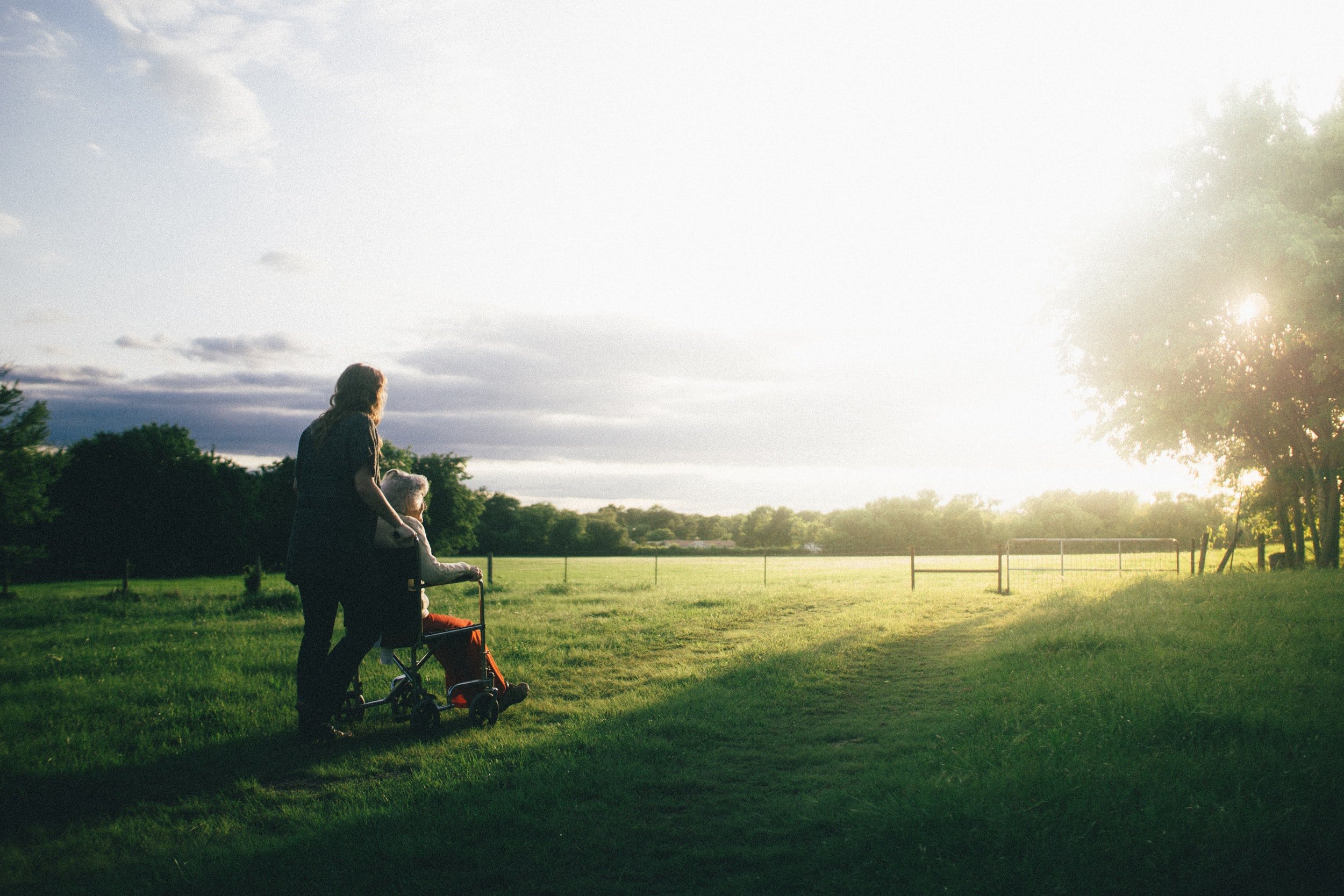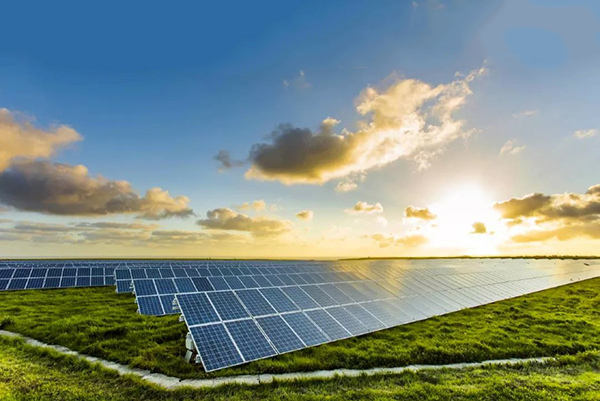
Our Vision
“Environment is no one's property to destroy; it's everyone's responsibility to protect.”
— Mohith Agadi
The UK has sadly led the world in destroying the natural environment. Centuries of building and industry have made the UK one of the most nature depleted countries in Europe.
Conservation organisations are calling for urgent conversations now about the nation's development and intensification to find ways to stop the loss of the UK's wildlife.
Wethersfield Airbase is a great opportunity for the Government to protect the environment AND bring local jobs to the area.
Here are a few ideas suggested by members of our local community.
Activity.
Cycle Hire & Trails
Horse Riding Trails
Jogging & Walking
Kinetic Bike Tracks
Nature.
Wildlife & Bird Watching
Bee Keeping
Rewilding Projects
Community Allotments
Social.
Woodland Picnic & BBQ Area
On-site Cafe
Camping areas
Visitor Centre
Education.
Site Heritage & Museum
Astronomy & Star Gazing
Forest School
Renewable Energy Education
An open space for everyone
It is a scientific fact that our mental well-being is affected by our relationship with each-other and our natural environment. We are looking to create an open communal space accessible to everyone – young and old; abled and less abled – that enhances the quality of our social relationships and gives us all the opportunity to enjoy and learn more about our amazing natural world.
This space would be both inclusive and sustainable. Our vision is a Community hub that is accessible for everyone physically and financially. The hub would provide a range of educational and recreational facilities that would generate a number of jobs at various skill levels for local people of ALL age groups and abilities.
This is a space accessible to all where local people can come together to go cycling or simply chat over a cup of tea. Its focus is on what matter most – it’s about putting people first.
The Opportunity for Investment
Development potential on the airfield (apart from the ‘technical site’, where all the airbase buildings stand) is low. However, sustainable and environmentally friendly projects could be financially viable and of community benefit.
The base includes several buildings within the technical area which have little merit as heritage buildings and there would be some scope for conversion to create opportunities for small scale local businesses or institutional uses for which there is local demand. As we have said, these need to be considered in the context of a Master Plan or Neighbourhood Plan, which includes the whole MoD site as described above.
The 300-acre Grays Farm adjoining the airfield recently sold for approximately £6,700 per acre for rewilding and there is no reason to assume a value much higher than agricultural land for the airfield. Separately, a number of landowners in the area are involved with particular focus on the River Pant and a goal of linking to a farm cluster downstream on the River Blackwater to further support the ecology of the area.
Renewable energy
Renewable energy can create up to 150,000 new UK jobs, six times more than nuclear electricity, 75% long-term New renewable energy has led to the energy sector employing 11 million people globally from 2012-2018. In 2019, UK wind farms, solar panels, biomass, and hydro plants generated more electricity than coal, oil, and gas combined.
Carbon intensive technologies are gradually being abandoned with consequent reduction in employment.
The wide, flat site is ideal for a solar farm. Making use of parts of the existing runway would provide a good foundation for ground mounted photovoltaic (PV) panels and perhaps battery storage so that energy can be stored for release at peak times. The existing meadowlands between the runways could be maintained as a nature reserve. The Kobern-Gondorf solar farm in Germany is an often-referenced nature reserve for endangered wildlife.
Examples of Good Uses of Other Military Bases
Other military bases around the United Kingdom and world have become solar farms, vehicle testing sites, movie studios, culture centres, and community recreation and memorial parks.
The 954-acre open space of Tempelhofer Freiheit, a former military airfield in Berlin, has a four-mile-long cycling, skating and jogging trail, a six-acre BBQ area, a dog-walking field covering around 10 acres, and an enormous picnic area for all visitors. Kite flying, skateboarding, in-line skating are all popular on the site, which also provides school groups with guided tours.
In 1994, art collector and patron Karl-Heinrich Müller bought Raketenstation Hombroich, a former NATO missile base in Neuss, Germany, and converted the halls, hangars and observation tower into spaces open to the public for exhibitions and events. Today, Museum Insel Hombroich is a museum and a place where artists live and work, where they can explore the diverse relationships with their natural environment.
In Washington state, the 350-acre Magnuson Park, a former military base, has miles of walking trails, a sports field, community garden, meadows and forests, a wetland habitat, and a community centre. An art installation of 22 submarine diving fins placed at angles along a path is one of the first memorials in the United States to honour those who served their country during the Cold War.
Wroughton Airfield in Wiltshire has been used by the Science Museum since 1979 as a storage facility for the Science Museum Group’s largest objects, including the world’s first hovercraft, MRI scanners, computers, and de-activated nuclear missiles. As with Wethersfield Airfield, the runway has been used for filming movies and tv shows and testing of vehicles and equipment for new technology. Recently, Dignus Films bought a hangar to use as a studio to shoot feature-length productions.
Rewilding for the future
Rewilding is a progressive approach to conservation. It’s about letting nature take care of itself, enabling natural processes to shape land, repair damaged ecosystems and restore degraded landscapes. Through rewilding, wildlife’s natural rhythms create wilder, more biodiverse habitats.
Potential revenue from nature-based solutions:
Biodiversity offsetting
Carbon credits
Visitor activities
Renewable energy
Regenerative agriculture
Rewilding has minor local disruption, brings jobs to the area, provides a nature experience, and leaves a considerate legacy. Rewilding is no longer a trend, it’s now the way to do things.
In an August 2021 article in the Guardian, Prof Alastair Driver, the director of Rewilding Britain said that rewilding could increase employment by approximately 50% in rural areas compared with traditional intensive farming. This projection is based on surveys of 27 sites totalling 72,062 acres and considers the possibility of new jobs in ecology, habitat restoration, nature tourism and specialist roles in species reintroductions.



